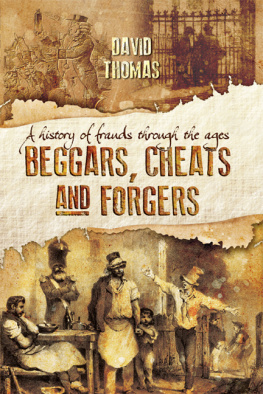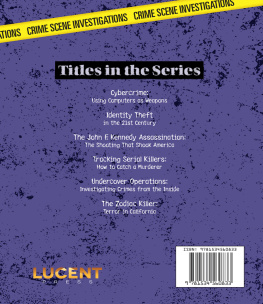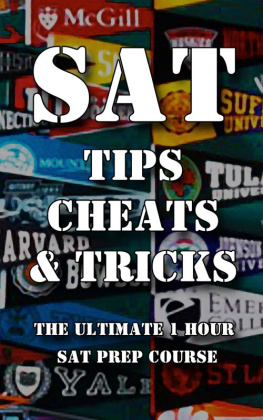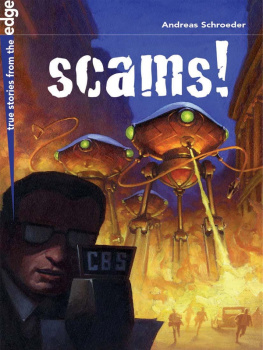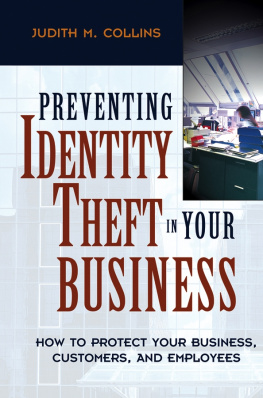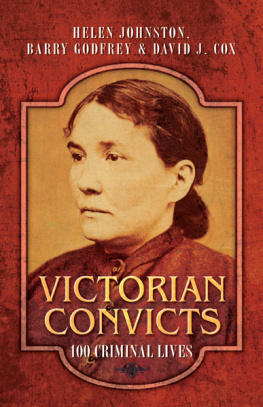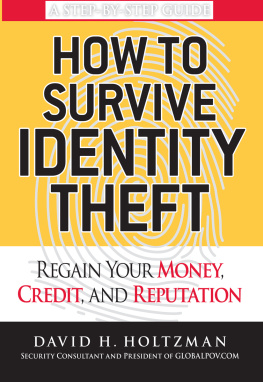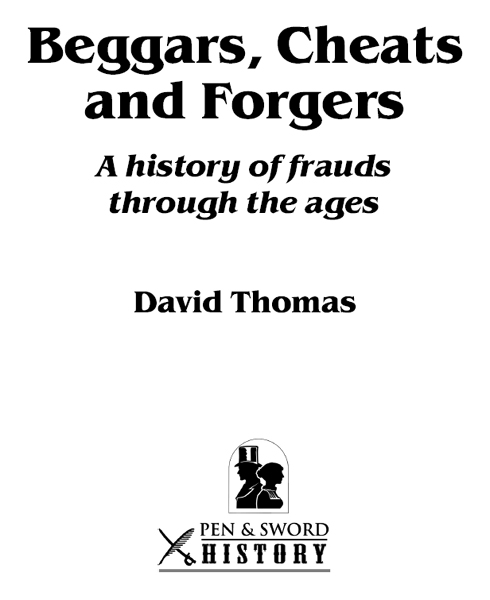
First published in Great Britain in 2014 by
PEN & SWORD HISTORY
An imprint of
Pen & Sword Books Ltd
47 Church Street
Barnsley
South Yorkshire
S70 2AS
Copyright David Thomas, 2014
ISBN 978-1-78159-327-1
eISBN 9781473838178
The right of David Thomas to be identified as the author of this work has been asserted by him in accordance with the Copyright, Designs and Patents Act 1988.
.
A CIP catalogue record for this book is available from the British Library.
All rights reserved. No part of this book may be reproduced or transmitted in any form or by any means, electronic or mechanical including photocopying, recording or by any information storage and retrieval system, without permission from the Publisher in writing.
Typeset by Concept, Huddersfield, West Yorkshire, HD4 5JL.
Printed and bound in England by CPI Group (UK) Ltd, Croydon CR0 4YY.
Pen & Sword Books Ltd incorporates the imprints of Pen & Sword Archaeology, Atlas, Aviation, Battleground, Discovery, Family History, History, Maritime, Military, Naval, Politics, Railways, Select, Social History, Transport, True Crime, and Claymore Press, Frontline Books, Leo Cooper, Praetorian Press, Remember When, Seaforth Publishing and Wharncliffe
For a complete list of Pen & Sword titles please contact
PEN SWORD BOOKS LIMITED
47 Church Street, Barnsley, South Yorkshire, S70 2AS, England
E-mail: enquiries@pen-and-sword.co.uk
Website: www.pen-and-sword.co.uk
Contents
List of Illustrations
Acknowledgements
I should like to thank Simon Fowler for much valuable advice and Andrea Thomas and Amanda Spencer for commenting on the text, Hope Thomas for photography and Philip Hall for map making.
Introduction
The internet has changed nothing. Despite the widespread belief that it has opened up a whole new realm of criminal activity, there is nothing new about the ways in which people extort money from others by cheating. People who commit financial frauds, forge documents, pretend to be disabled, hungry or in prison are the same in the modern era as they were in the past.
However, by looking at a range of dishonest activities, we can learn a lot about the psychology of the criminals and their victims and how the most talented villains have learned to prey on their victims greed, credulity and kindness. The essence of a great beggar, a successful begging letter writer, a leading con man or a forger is to get a deep understanding of their potential victims what motivates them and how to exploit their human weaknesses for profit. As we will discover, there is little difference between a sixteenth century cheat and modern cyber criminals whose spear fishing and watering holes are merely fancy names for techniques which have been in use for hundreds of years.
In the end, if we live long enough, it is likely that we will all fall victim to some sort of scam. The best thing we can do is to hope to postpone the event and minimize the damage. By learning about the behaviours of the cheats, we are giving ourselves a fighting chance of escaping from their clutches.
This book describes the careers of some of the greatest practitioners of these dark arts: Mark Hofmann from Salt Lake City, surely the worlds greatest forger; Bernie Madoff who, until the roof fell in, was the most successful con man ever; as well as a supporting cast of dozens of other rogues, sturdy beggars, forgers and con artists. It covers both real cheats and their fictional equivalents. Sometimes it is hard to tell the difference. Bampfylde Moore Carew was the eighteenth century King of the Beggars and his Life and Adventures was a bestseller for nearly 100 years, but, although we know that he really existed, it is hard to tell how much of his Life was an invention and how much was real.
George Atkins Brine was Carews nineteenth century equivalent and he made a shrewd remark about his chosen lifestyle: Imposture like every other trade, requires for thorough success a long apprenticeship and a keen observance of the foibles and weaknesses of human nature. As Brine said, a successful impostor requires a good knowledge of psychology and by studying the practices of cheats and the reactions of their victims, we can learn a lot about our own nature. So this is really a book about ourselves.
The twentieth century successor of Carew and Brine was W.H. Davies and he is of great interest, because for him the life of a beggar was a lifestyle choice. Davies did not choose the marginal existence of a hobo because he was down on his luck. Instead it was a conscious decision, motivated by his love for the pleasure and freedom of the road; being able to get up when he chose and go where he wished.
As we will discover, the way people cheat each other does not change over time. The motives and methods of people who produced forgeries of Shakespearean documents in the nineteenth century were similar to those of Mark Hofmann, the Mormon forger, or the creator of false records about the death of Heinrich Himmler. Bernie Madoffs techniques were little different from those of the villains Dickens described in Martin Chuzzlewit and Little Dorrit . Most modern scams on the internet employ the same approach as their nineteenth century predecessors. Have you been the subject of a highly-personalized email or telephone call designed to extract financial information from you, or have you been asked to give money to a charity you have never heard of, or been promised a fortune from Nigeria? If so, your experience is no different from any of the hundreds of victims of the Spanish Prisoner scam of the 1890s.
People read and write about crime partly because it is an endlessly fascinating subject and partly because we all enjoy the slight sense of fear and outrage that a good crime story gives us. However, it is clear that different types of crime were of particular concern to readers at different times and we now have a tool that enables us to discover more about this. Googles Ngram tracks the usage over time of particular words or phrases in the millions of books they have scanned. In the period from 1800 to 2000, the most popular crime for readers was murder and this is mentioned about twice as many times as the second most popular crime: fraud. Thieves, burglars and forgers pretty much track each other in popularity over the same period. But go back another 200 years and people were much more bothered about beggars than murderers. Gradually, peoples concerns shifted until by 1800 murder was well ahead of begging in the fears of the reading public.
Of the words used to describe people who lived itinerant lives, the word tramp came into prominence during the nineteenth century. From a low base in 1800, it was mentioned in increasing numbers of books until it reached a peak between 1890 and 1920 when it declined. The word vagrant was less popular, being used about a quarter of the number of times as tramp. Apart from the early seventeenth century, the high point of interest in beggars was in the decade from 1800 to 1810 and it is used pretty steadily thereafter until 1900, when its use began to fall away. The use of the word homeless came into prominence in the early 1980s, while the currently fashionable phrase rough sleepers is hardly referred to before the year 2000.
The reason why begging was of such concern in the early seventeenth century was the growing popularity of rogue literature. This began in the sixteenth century, when Thomas Harman, a Kentish gentleman, interrogated the beggars travelling past his house along Watling Street and recorded his findings. The tradition continued through the seventeenth century and in the eighteenth century we begin to see the first biographies of beggars. By the nineteenth century we have the great social observers, notably Henry Mayhew, as well as Charles Dickens, who wrote on many aspects of rogue life, including thieves, sturdy beggars and begging letter writers.

